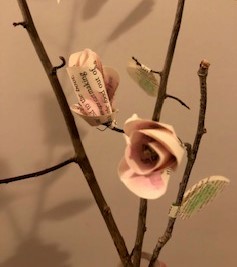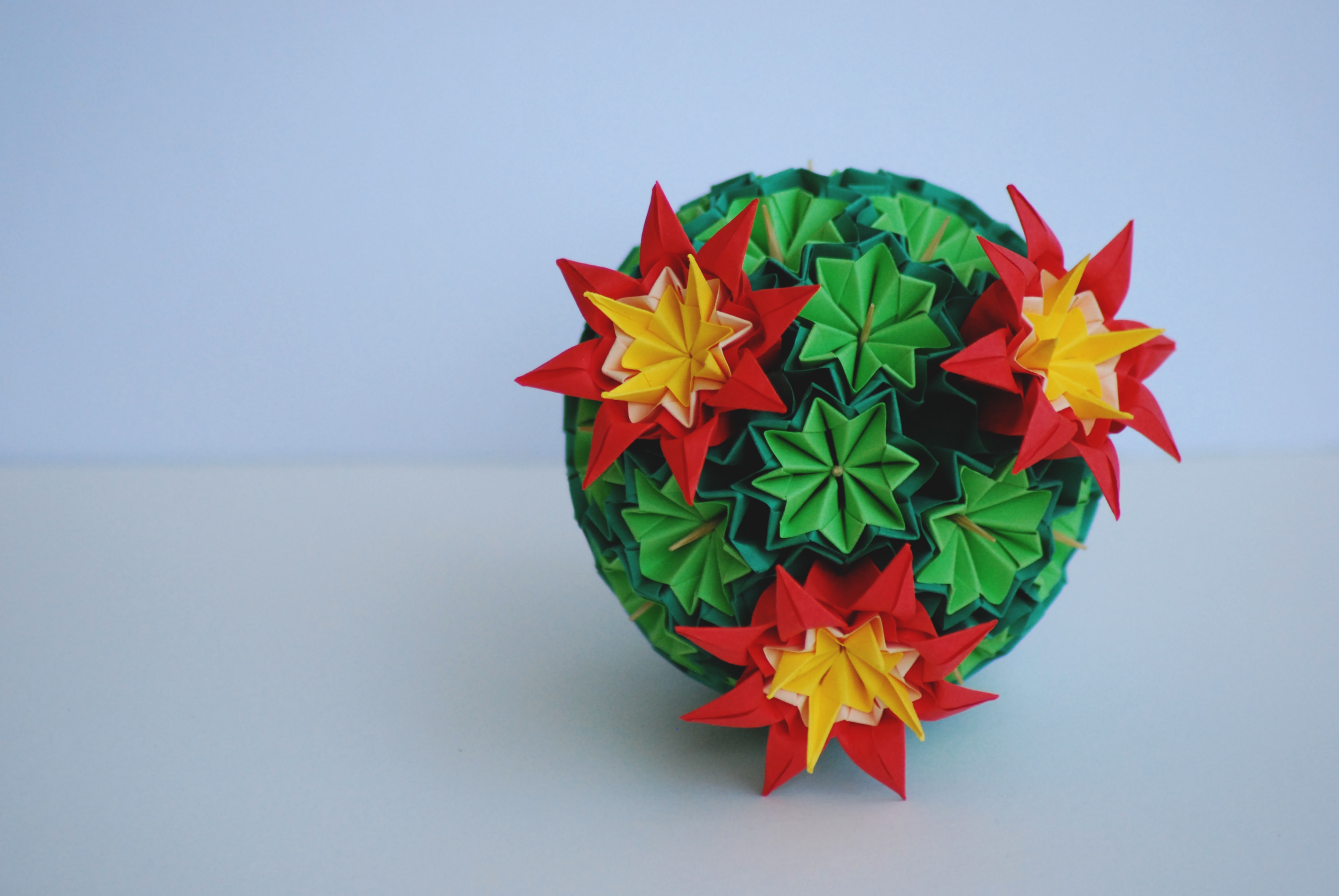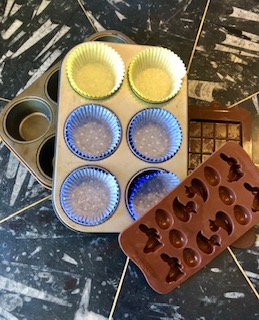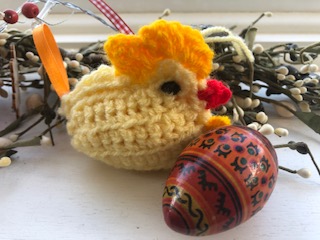Sometimes I wonder if I was an Italian in a past life, as I seem to be excessively interested in food. So, even though plants are amazing in all their forms, today I shall be looking at how putting them at the centre of our meals can improve our nutrition and our health.
For many years now, scientists and governments have come to see the value of a plant rich diet. In England we have 5-a-day; in Denmark it is six. Since six in Danish is seks (pronounced sex) the government health posters would read something like: Have you had six today? It was certainly one way of getting folks’ attention. Yet, even six portions is probably not enough. Seven would be better and France recommends ten. For an in-depth view as to what and how much you should eat, check out the BBC news article here: https://www.bbc.co.uk/news/health-26818386

For those with health issues, especially autoimmune ones like MS, diabetes and cancer, increasing your intake of fruit and vegetables becomes even more pressing. The Overcoming MS diet is essentially plant based and it has brought me tremendous gains when my condition would be expected to deteriorate (it is a progressive disease after all). My good friend Elizabeth has diabetes and after radically altering her diet to a mainly plant based one, she has had startling improvements in a mere six months. In addition to losing a good deal of weight, her measures for diabetes have plummeted from 386-90 and her A1C levels have gone from 13 to 8 (someone without diabetes would be between 4 -5.6). This is fantastic news and she looks and feels terrific.
But you do not have to be unwell to start. All the health information I’ve read suggested that a mainly plant based diet can help you avoid many common ailments, and prevention is always better than cure.
Not everyone will be as quick to adapt as my friend and I confess it has taken me some time to gradually build the number and variety of fruits and vegetables I eat. Even when I was a regular vegetarian, I would often struggle to reach five. It may sound crazy, but with cereal for breakfast, a sandwich for lunch and a hot meal containing vegetables with two vegetables on the side, even adding an apple and a glass of juice, I barely made it. So how can you increase the amount of the good stuff you eat?

Sneaky vegetables
The simplest way to get lots of vegetables is in soups, salads and smoothies. Soups are a fantastic way of adding all sorts of things surreptitiously; this is especially helpful when you are dealing with picky eaters. Once you have blitzed your soup, who is to know that it contains dreaded onions? Smoothies work in the same way: carrots are sweet and can be added to fruit smoothies without affecting taste, as can celery and cucumber. Starting with sweeter, milder flavours is a good way to begin. If making mashed potatoes, add carrots and swede to make it more delicious and nutritious. I have started adding frozen peas to my rice and it tastes all the better for it. Once you make the decision up your vegetable intake, it is simply a matter or deciding where to put them. Just adding an extra vegetable to your plate with your evening meal is a great way to start.
Herb salad
One of the problems with cooking vegetables is that it breaks down and destroys many of the valuable nutrients contained within, especially vitamin C, so if you do want to cook them choose the speediest method using the least water – like steaming.
Better still, eat them raw. Salads are an excellent way to enjoy raw foods and they certainly don’t have to be boring. When Katherine of Aragon brought lettuce to the Tudor court, she probably had no idea that she ringing the death knell of the super salad. The items most of us associate with salad is rather flavourless lettuce, tomato and cucumber, but a salad can be much more than that. In Medieval times they had the right idea in making their salads a cornucopia of herbs and leaves. This herb salat would contain a multitude of flavours and textures. Even better, they can be prepared for most of the year and not just summer, since many herbs flourish in all but the coldest weather. Herbs are also easy to grow and simple to maintain.

My herb salad above contained: radish leaves, thinly sliced leeks, mixed lettuce leaves, marjoram, sage, parsley, mint, black kale leaves and flowers, celery, rosemary and purple sprouting broccoli – all from the garden. Putting aside the special properties of herbs in aiding our gut health, the sheer variety of plants used here is important. The greater variety of vegetables and fruits you consume, the more likely you are to capture all their health benefits. Eating five apples a day is not the same as eating five different fruits. One way to gage if you have sufficient variety is to see how many colours are included on your plate. Ideally, you want to have a rainbow of hues.
Dress to impress
A good salad doesn’t need a lot of adornment. A simple dressing will do. I like a French dressing with a twist: equal quantities of good olive oil and balsamic vinegar, a spoon each of grain mustard, honey and fresh ginger paste. Shake and serve.
For creamier salads and slaws, use a vegan mayonnaise or you can make your own. Soya yogurt and creme fraiche also make wonderful dressings. I tend to mix half mayo and half yogurt to reduce the fat content. Then add what you fancy. Some of my favourites are pickled beetroot (drained) and chopped apple; celery, apple and walnut; and sliced cabbage, carrot, onion and raisin. If you are feeling extra virtuous, grated carrot tossed in lemon juice is fabulous.
A kitchen garden
Ideally, you want your vegetables as fresh as possible since they deteriorate quickly after picking. The good news is that you don’t even need a garden to enjoy fresh picked greens. You can grow them on your window ledge or worktop. A friend sent me a bean/seed sprouter kit for Christmas and after a little initial bemusement, I began to get the hang of it. The container sits by my sink so that I remember to water them twice a day and the results are delicious and almost instantaneous.


Fenugeek (left) and radish leaves (right) make interesting flavour additions Image: Karen Costello-McFeat
Most supermarkets sell living herbs in pots, and by keeping them watered and making sure a few healthy leaves are left, you can get multiple servings from one plant.
Take it slow
Introducing a large amount of vegetables and fruit into your diet at once is likely to make you feel worse before you feel better. If you regularly eat pizza and ready meals, it is important to introduce things slowly. After all, your stomach is not used to processing so much fibre. Adding more fresh ingredients a little at a time is the most sustainable approach. As you get used to it, keep adding more until the majority of you diet is plant-based. It won’t be long before you see the benefits.
But most of all, enjoy. Make mealtimes something special; take a moment to arrange your food in pleasing ways. We crave beauty and attractive food just tastes better.






































